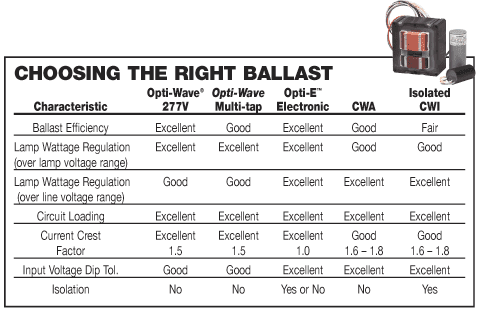Traditional 400w metal halide ballast kit uses probe-start technology. Three electrodes are present in the arc tube of a probe-start MH lamp: a starting probe electrode and two operating electrodes. To start the lamp, a discharge is created across a small gap between the starting probe electrode (also called the starter electrode) and the operating electrode. Electrons then jump across the arc tube to the other operating electrode to help start the lamp. Once the lamp is started, a bi-metal switch removes the starting probe electrode from the circuit.
400w metal halide ballast kit is a new technology. The bulbs are brighter, last longer and have better maintenance of bulbs, can be run 24/7 without having to shut down. It is hard to find ready-made ballasts for pulse start, but the kit form is very cheap, and is available in huge numbers of different wattages. The 400w metal halide horizontal lamp from JAMES puts out 40,000 lumens initially, lasts 20,000+ hours.
HID lamp characteristics. The electric arc of HID lamps is much shorter and has a higher photometric brightness than a fluorescent arc. The lamps are also often higher in wattage ratings, and they may require a specific operating position; base-up, base-down, or base-horizontal.
Because the precise size of the arc tube and mixture of materials in the tube differ, each type has its own operating and end-of-life characteristics, which often directly relate to maintenance/ troubleshooting concerns. The family of HID sources includes:
400w metal halide ballast kit (MH). Operating conditions, such as lamp burning position and normal variations in supply voltage or ballast characteristics, can affect lamp color and light output of MH lamps. Normally, at its end-of-life, an MH lamp won’t start because the mix of materials in the arc tube changes.
Therefore, the magnetic ballast can no longer sustain an arc.


